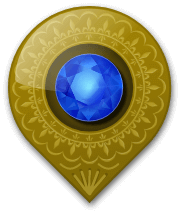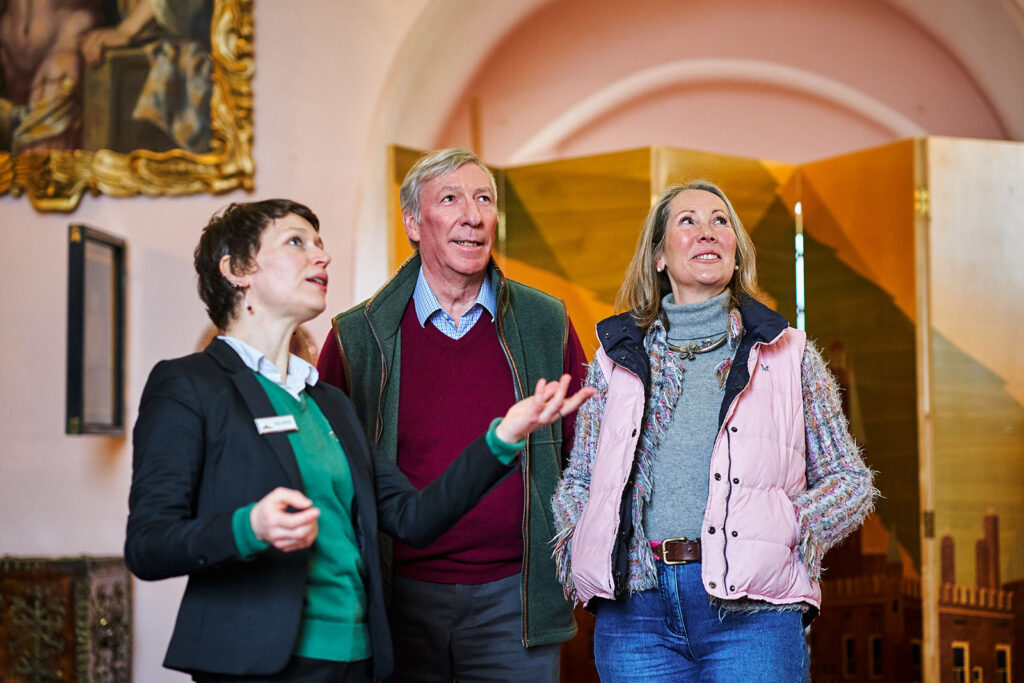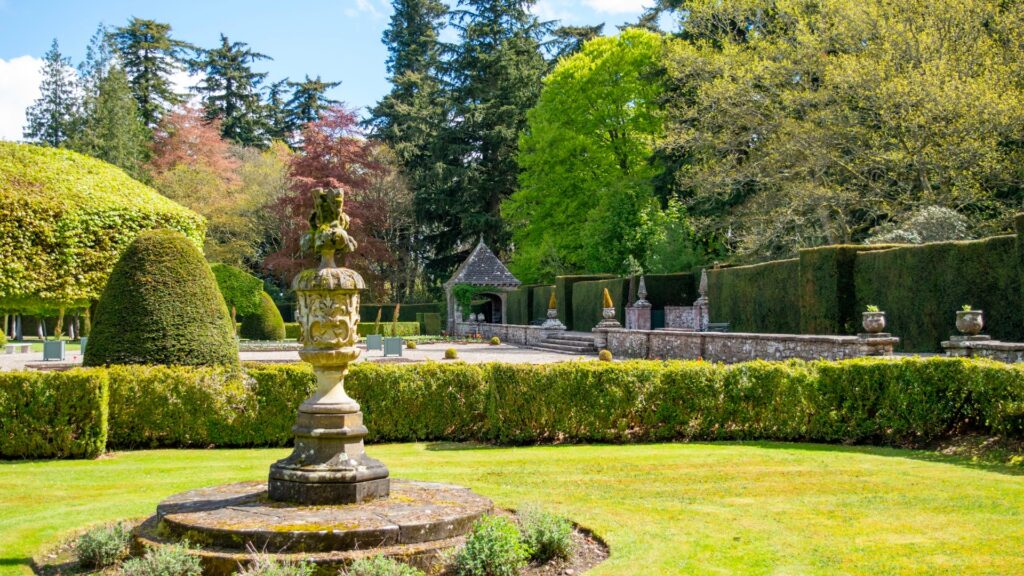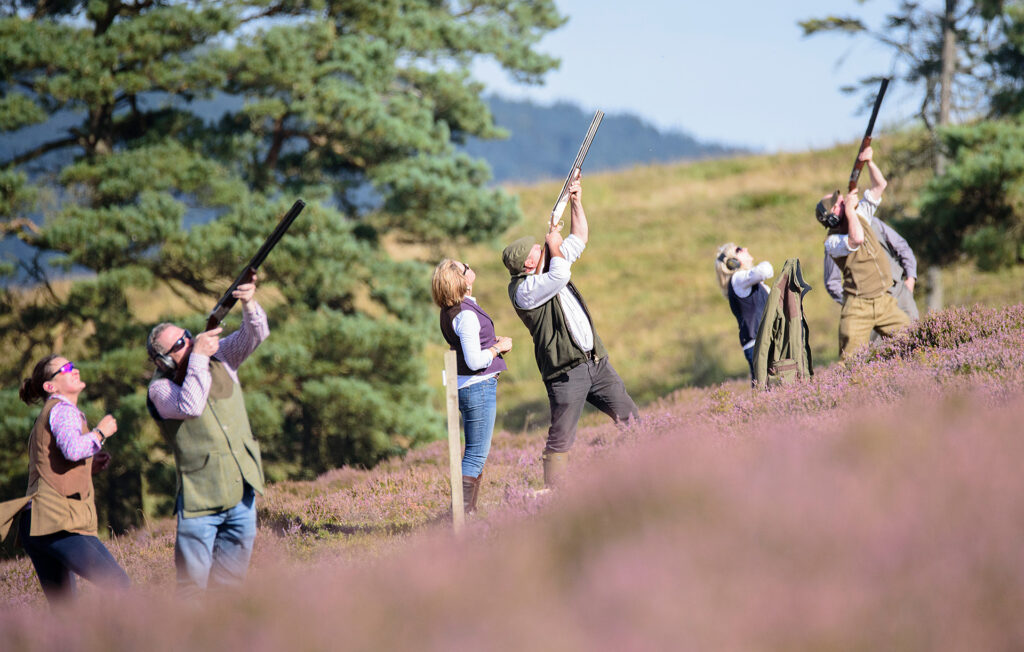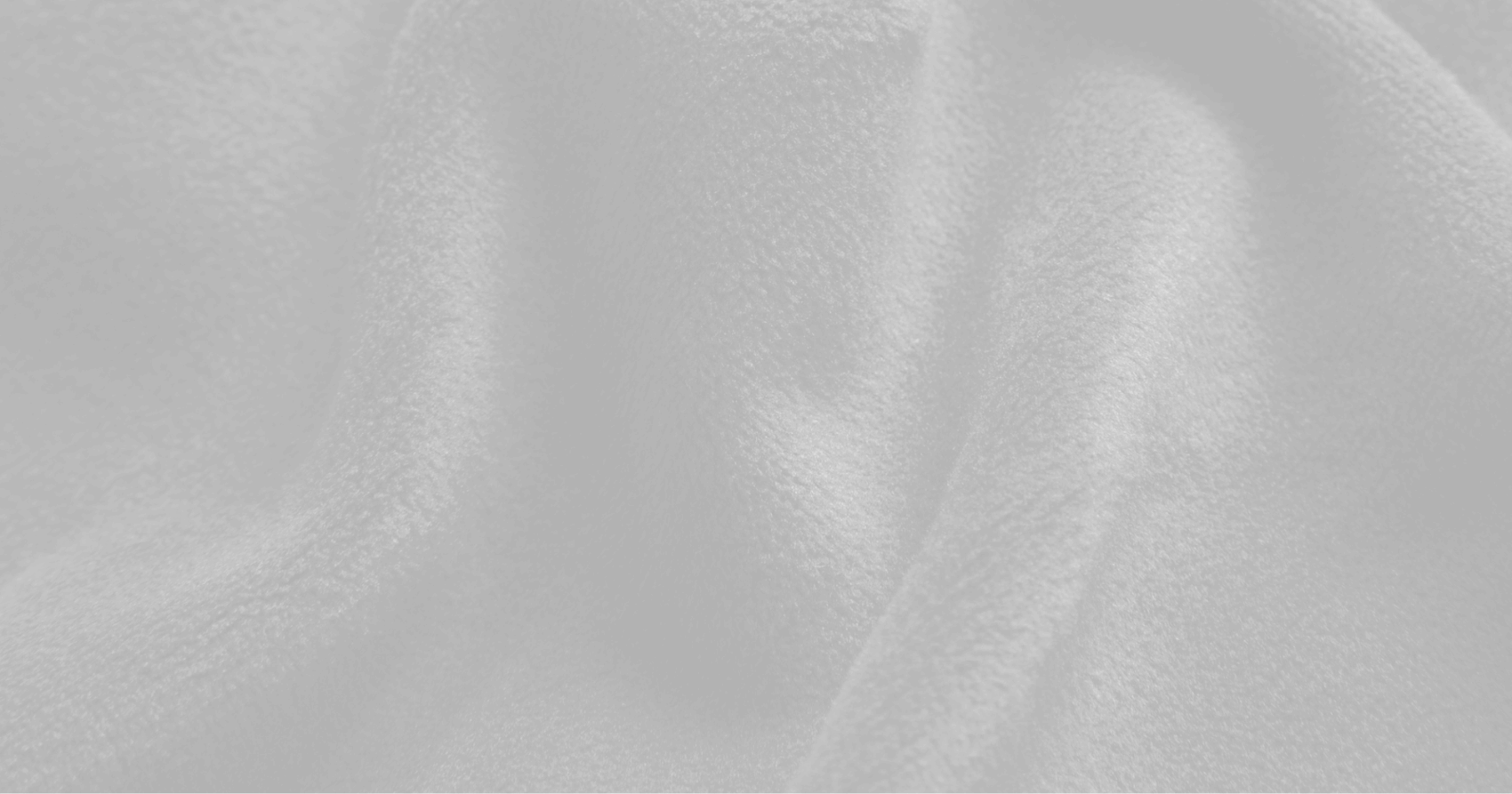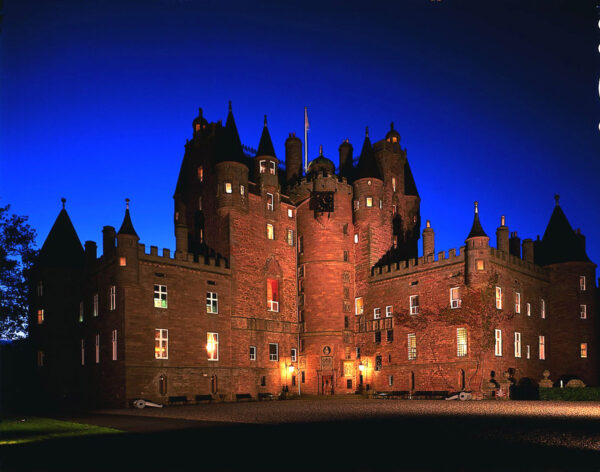Timeline
Glamis Castle is on the site of over 1000 years of history. As the Ancestral seat to the Earl of Strathmore and Kinghorne, Glamis Castle’s story is a fascinating one through centuries of Scottish history including the time of Mary Queen of Scots, William Shakespeare and the Jacobite Rebellion. Glamis was also the childhood home of HM Queen Elizabeth The Queen Mother.
Let us take you through a timeline of the history of Glamis Castle. As you scroll, look out for stories about some of the key dates from our past. To read more about the family associated with Glamis Castle, visit our family page.


11th Century

1040
Macbeth becomes King of Scotland.
1057
Macbeth is deposed and Malcolm III becomes King of Scotland.
14th Century
1329
Robert the Bruce takes Glamis back into the protection of the Crown from the Baliol family.
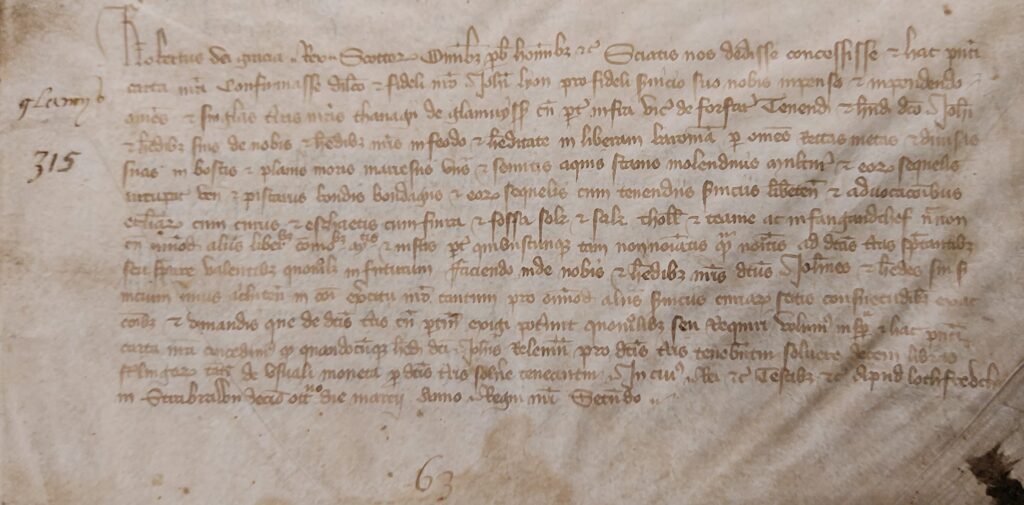
1372
Sir John Lyon is granted The Thanage of Glamis by King Robert II for services to the crown and the family seat is established.
Four years later Sir John marries the King’s daughter, Princess Johanna Stewart. He is appointed Chamberlain of Scotland in 1377 and holds this important office until his untimely death in 1382.
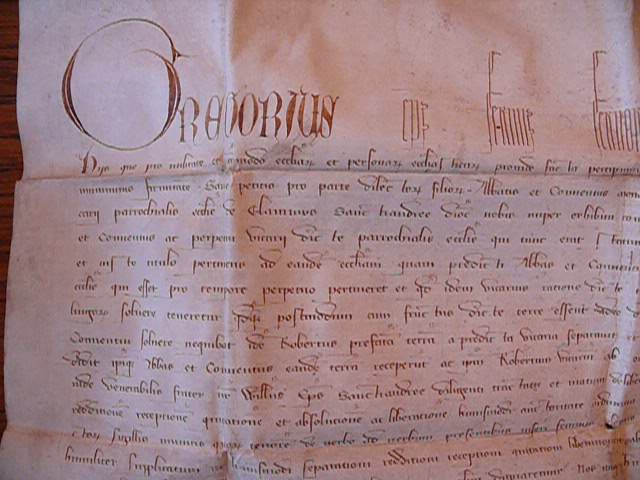
1375
Pope Gregory 11th relieves the perpetual vicar of Glamis of paying an annual pension on lands he handed back, signed at Avignon.

1376
Sir John married Princess Johanna, daughter of King Robert II.
As the daughter of a King and the great grand-daughter of King Robert the Bruce, Princess Johanna’s marriage to Sir John was one that, when their only child, John Lyon, was born, meant royal blood ran through the veins of any successive Lyon heirs. Sir…Read More
As the daughter of a King and the great grand-daughter of King Robert the Bruce, Princess Johanna’s marriage to Sir John was one that, when their only child, John Lyon, was born, meant royal blood ran through the veins of any successive Lyon heirs. Sir John’s rise in power through King Robert II’s patronages led to jealousies and he was murdered by James Lindsay, the Earl of Crawford.
Did you know?
When exploring Glamis Castle, on the stairs towards Duncan’s Hall is a wooden model of Princess Joanna Stewart, between two slips of laurel, holding a thistle in her right hand.
1382
Sir John is killed by James Lindsay after a quarrel.
15th Century
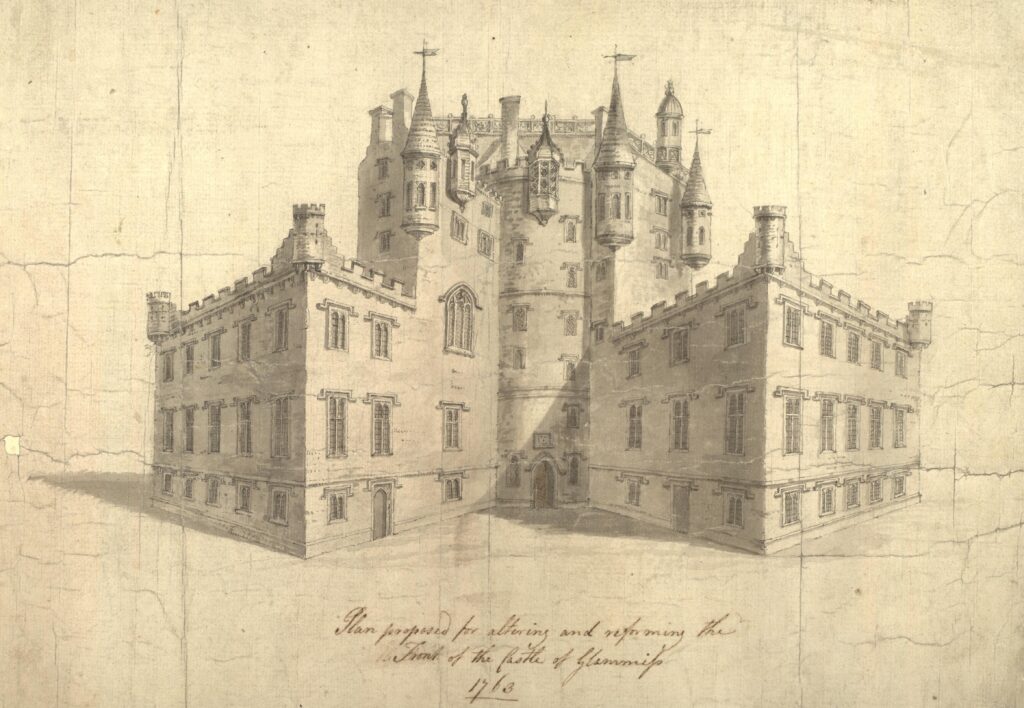
1400
The building of the castle as we know it today commences.
1445
Sir John’s grandson, Patrick, is created a peer of the parliament and becomes 1st Lord Glamis.
1451
Lord Glamis becomes ambassador to England.
16th Century
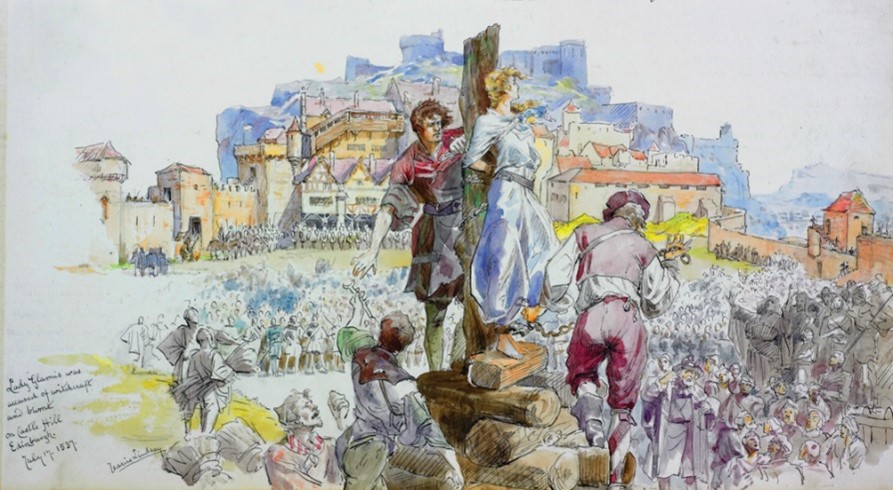
1537
Janet Douglas, Lady Glamis is found guilty of treason and is burnt at the stake on Castle Hill, Edinburgh, on 17th July 1537.
She is found guilty following false accusations of treason and trying to poison King James V, but her only ‘crime’ is being the sister of the King’s despised stepfather, Archibald Douglas, Earl of Angus – thus her fate is sealed.
1537
Glamis is forfeit to the Crown and is occupied by King James V until his death in 1542.
1542
Glamis Castle is restored to John, 7th Lord Glamis.

1562
Mary, Queen of Scots visits Glamis Castle on 22nd August 1562 on her way north to quell a rebellion.
Mary and her entourage stay for two nights, dining in the Great Hall, which is now the Drawing Room. Mary suffers a similar fate to Janet Douglas, when her cousin, Queen Elizabeth I of England signs her death warrant following accusations of a plot. Mary…Read More
17th Century
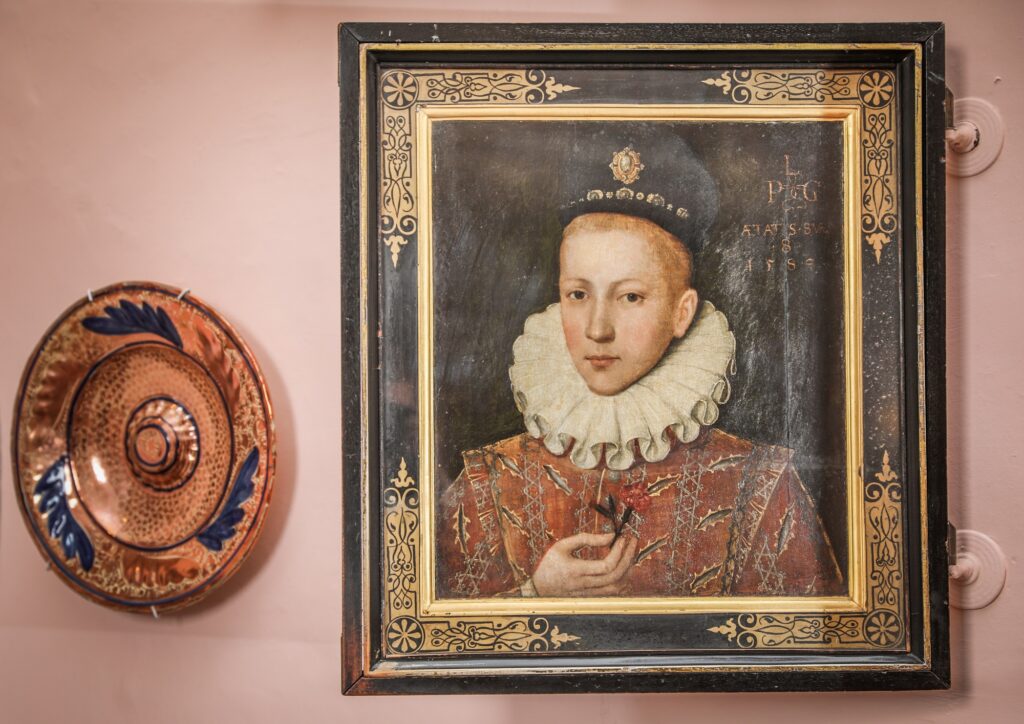
1603
Patrick, 9th Lord Glamis, accompanies King James VI and I to London when the King ascends to the English throne.
William Shakespeare writes the play Macbeth for the King, and would have been acquainted with Patrick, who may have shared stories about Glamis. There is no record of Shakespeare visiting Glamis, although it is possible he may have passed through on his…Read More
1606
9th Lord Glamis is created Earl of Kinghorne by King James VI & I.
1650
Cromwell’s troops occupy Glamis Castle.

1670-1689
Major renovations are carried out at Glamis Castle by Patrick, the 3rd Earl.

1677
The 3rd Earl is created Earl of Strathmore and Kinghorne by King Charles II.

1688
The Chapel is completed and dedicated.

1689
Bonny Dundee is killed shortly after the Battle of Killiekrankie and his bullet proof coat is presented to the Earl of Strathmore.
18th Century
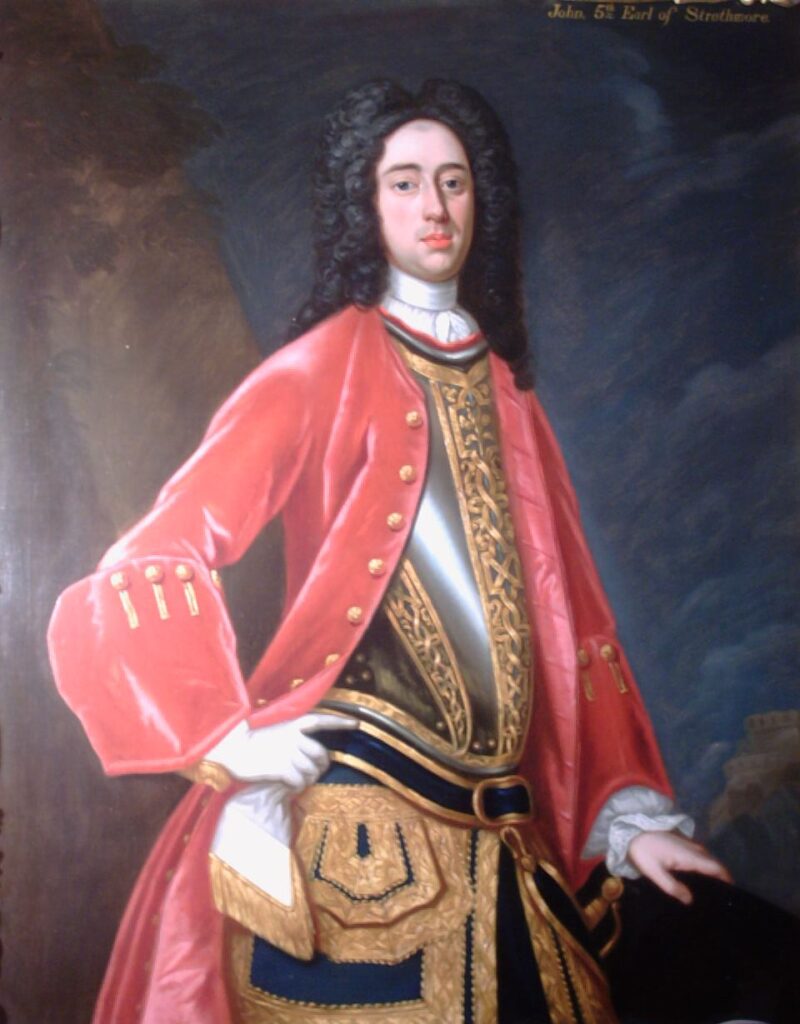
1715
John, 5th Earl of Strathmore is killed at the Battle of Sheriffmuir.

1716
James Stuart, also known as ‘The Old Pretender’ or the Jacobite King James VIII & III, visits Glamis Castle.
His teenage host, Charles, 6th Earl of Strathmore, welcomes him on 4th January 1716. James ‘touches for the King’s evil’ in the Castle Chapel, where sufferers of scrofula (glandular swellings, thought to be a form of tuberculosis), are presented to…Read More

1728
Charles, 6th Earl of Strathmore is killed in a drunken skirmish in Forfar.
1746
The Duke of Cumberland’s troops occupy Glamis Castle.

1767
John Lyon, 9th Earl of Strathmore and Kinghorne, marries the wealthy English heiress, Mary Eleanor Bowes.
The Lyon family name is changed to Bowes, as stipulated in her father’s will.

1773
The 9th Earl pulls down the West Wing and adds new kitchens and the Billiard Room.
Glamis Village is built to relocate estate workers.

1793
Sir Walter Scott visits Glamis Castle in the summer of 1793.
He is received by the Factor, Peter Proctor, who offers him the honour of drinking to the health of the absent Earl from the famous Lion cup. A replica of the original 1600s German Lion silver-gilt cup made by Elias Zorer, sits on the castle Dining Room…Read More
19th Century
1801
The West Wing rebuilding is completed.

1820
The 10th Earl dies and his illegitimate son, John Bowes, is denied the Earldom which passes to his uncle Thomas, who becomes the 11th Earl.
The family name changes to ‘Lyon-Bowes’ and later evolves to Bowes Lyon.

1869
The Bowes Museum is founded by John Bowes and the foundation stone is laid by his wife, Josephine, but sadly neither of them live to see its opening in 1892.
1891
The 13th Earl completes the building of the East Wing.
20th Century

1900
Lady Elizabeth Bowes Lyon (HM The Queen Mother), the youngest daughter of Lord Glamis, is born at St Paul’s Walden Bury, Hertfordshire.

1904
The 14th Earl inherits following the death of his father the 13th Earl. The Earl and his children, including Lady Elizabeth, frequently reside at Glamis.

1914-1918
Glamis Castle becomes a temporary Auxiliary Hospital for wounded soldiers during the First World War.
Lady Elizabeth Bowes Lyon (later Queen Elizabeth The Queen Mother) assists in caring for the soldiers.

1923
Lady Elizabeth marries Prince Albert and becomes HRH The Duchess of York.

1930
Princess Margaret is born at Glamis and King George V and Queen Mary visit.
1936
HRH Elizabeth Duchess of York, the youngest daughter of the 14th Earl becomes Queen Elizabeth, Queen Consort upon the succession of her husband King George VI.

1937
The 14th Earl and Countess attend the coronation.

1950
Glamis Castle is opened to the public for the first time.

1972
The 17th Earl and Countess begin work to improve the visitor’s entrance and restaurant in the castle whilst also building a new private entrance for the castle.

1996
The reconstructed ornamental bridge at Glamis is opened and named The Earl Michael Bridge after the 18th Earl.
21st Century

2017
An exhibition of the Coronation Robes
The robes were worn by HM Queen Elizabeth, Queen Consort, and her daughters HM Queen Elizabeth II and HRH The Princess Margaret is opened at Glamis to commemorate the 90th anniversary of the Coronation of King George VI and his Queen Consort in 1937.Read More




